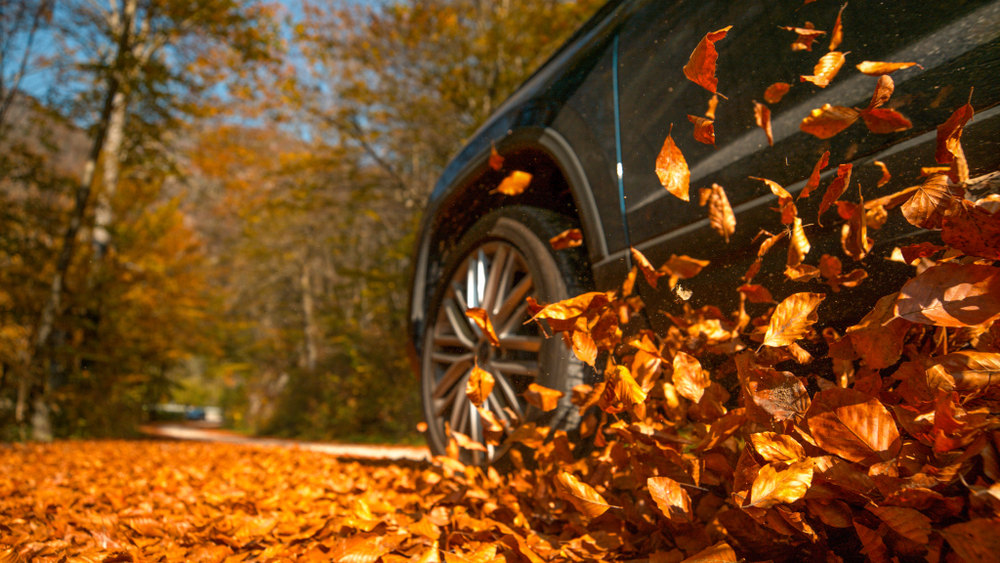Autumn leaf fire warning for motorists

Drivers are being warned of life-threatening engine fires if they don’t clear fallen leaves from their cars this autumn.
Experts at LeaseCar.uk are urging motorists to be vigilant before driving their vehicles as a build-up of wet leaves can have dangerous consequences.
In a worst case scenario, failure to clear fallen leaves from under the bonnet can cause devastating fires if they’re piled up on top of the engine.
Wet leaves also pose a risk to vehicle control as they can easily stick to wheels which can cause tyres to lose grip causing cars to skid off the road.
If left, leaves can even damage the bodywork and cause engine misfires if they’re allowed to settle and build up in and around the vehicle.
Tim Alcock from LeaseCar.uk said: “Autumn can be a frustrating time for drivers as it’s likely many will wake up to find their car has been buried in a pile of fallen leaves.
“It may feel like a nuisance having to clear leaves off the car, but it’s vital to keep on top of it as leaving them on the vehicle imposes serious safety risks.
“Drivers need to clear the leaves from their vehicles regularly, otherwise they face putting themselves in a life-threatening situation.
“Engine fires, tainted paintwork and tyre skidding are all common issues which can be caused by what seems to be a harmless pile of leaves.”
Here are the risks of leaving fallen leaves on vehicles:
Risk of fire
Wet leaves pose a serious risk when the engine is attempting to heat up which can result in a fire. Make sure to check each day before setting off in the car to clear up any fallen leaves and not to let them pile up.
Damaged bodywork
Fallen leaves can lead to rust problems developing on the car. Once the leaves begin to decompose on the car, the tree sap and tannic acid can gradually take off the paint coat which can be a hefty cost to pay.
Blocked air filter
A blocked air filter can result in serious engine issues. The most common problem is engine misfires – which are extremely dangerous as you could lose power on the road unexpectedly. Having the air filter blocked will also significantly damage the engine’s condition over time.
Tyre skidding
Wet leaves attaching to tyres can lead to increased chances of skidding if they’re left to build up over time during wet conditions. Make sure to check if any leaves are sticking to the types before driving off.
Blocked view
Even if the leaves are brushed to the side of the windscreen, they can unexpectedly move in front of the windscreen so you won’t be able to see other vehicles and potential hazards on the road.
Expensive maintenance costs
If you neglect to clear the leaves off the car and the engine combusts, don’t be surprised if you’re left forking out thousands in the garage. Spend each morning lifting the bonnet to check for any fallen leaves.






